The Complete Track-Light Layout Guide for Stunning Gallery Walls
Table Of Contents
- Understanding Track Lighting for Gallery Walls
- Planning Your Track-Light Layout
- Selecting the Right Track Fixtures
- Track Lighting Installation Guide
- Lighting Placement Techniques for Artwork
- Styling Your Gallery Wall with Track Lighting
- Common Track Lighting Mistakes to Avoid
- Maintenance and Upgrading Tips
Creating a gallery wall is an art form in itself, but without proper lighting, even the most stunning artwork collection can fall flat. Track lighting has emerged as the preferred solution for gallery walls in both professional exhibits and home settings, offering versatility, precision, and style that other lighting systems simply can't match. Whether you're showcasing a carefully curated collection of paintings in your living room or highlighting family photographs in your hallway, the right track lighting layout can transform your display from ordinary to extraordinary.
In this comprehensive guide, we'll walk you through everything you need to know about planning, selecting, and installing the perfect track lighting system for your gallery wall. From understanding basic track lighting components to mastering professional lighting techniques, you'll gain the knowledge and confidence to create a museum-quality display in your own home. Let's illuminate your art collection with style and precision.
The Ultimate Guide to Track Lighting for Gallery Walls
Understanding Track Lighting
Track lighting systems feature linear housing with multiple adjustable fixtures, offering flexibility and precise directional control for highlighting artwork. Choose between H-type (Halo), J-type (Juno), or L-type (Lightolier) systems based on your needs.
Optimal Positioning
Install tracks 18-24 inches away from the wall at a height of 8-10 feet for ideal illumination angles. Position fixtures approximately 30° from vertical to minimize glare on framed artwork, especially those under glass. The distance between light source and artwork should be 1.5-2 times the artwork's height.
Fixture Selection
Choose LED fixtures with 3000K-4000K color temperature and CRI of 90+ for true-to-life colors. Small artworks need focused lighting (15-25° beam spread), while larger pieces require wider angles (25-40°). Plan for one fixture per 2-3 feet of wall space, with additional fixtures for larger pieces.
Track Lighting Installation Process
Turn off power at circuit breaker
Install mounting brackets to ceiling joists
Connect track to electrical system with adapters
Install end caps and insert track heads
Common Mistakes to Avoid
Inadequate spacing between fixtures creates uneven lighting with hotspots
Improper aiming creates unwanted shadows and glare on artwork
Mixing color temperatures creates visual discord and distracts from artwork
Pro Tip: Layered Lighting
Combine track lighting with ambient room lighting for depth and dimension. Use dimmers to adjust intensity based on time of day and natural light conditions—brighter during daytime to compete with natural light, softer in evenings to make art the focal point.
Ready to transform your gallery wall?
Explore Furniture to Complete Your Gallery SpaceUnderstanding Track Lighting for Gallery Walls
Track lighting systems consist of a linear housing (the track) containing electrical conductors that can accommodate multiple light fixtures (heads). This design allows for incredible flexibility, as you can position, adjust, and even add or remove light fixtures as your gallery wall evolves. For home gallery displays, track lighting offers several distinct advantages:
First, unlike recessed or pendant lighting, track systems provide directional light that can be precisely aimed at each artwork. This directional control minimizes glare and shadows while highlighting the texture, color, and details of your pieces. Second, track lighting systems can be expanded or reconfigured as your collection grows or changes. Finally, modern track lighting comes in a variety of styles from minimal and contemporary to industrial or classic, complementing your home décor while serving a practical purpose.
When exploring track lighting options, you'll encounter three standard systems: H-type (Halo), J-type (Juno), and L-type (Lightolier). These systems aren't interchangeable, so you'll need to select fixtures that match your chosen track type. For most home gallery walls, a single 4-8 foot track or a series of connected tracks will provide sufficient coverage, depending on the wall size and number of artworks displayed.
Planning Your Track-Light Layout
Before purchasing any lighting equipment, take time to plan your gallery wall and lighting layout. Start by measuring your wall space and creating a scaled diagram of your gallery arrangement. Mark the positions of all artworks, noting their dimensions and the ideal viewing height (typically with the center of each piece at eye level, approximately 57-60 inches from the floor).
Next, determine the optimal position for your track(s). For most gallery walls, installing tracks 18-24 inches away from the wall provides the ideal angle for illuminating artwork without creating hotspots or glare. If ceiling height permits, position your tracks about 8-10 feet from the floor for balanced lighting coverage.
Consider how your tracks will connect to your electrical system. Tracks can be hardwired into ceiling junction boxes, connected to recessed housing adapters, or in some cases, plugged into standard outlets using special adapters. For seamless installation, plan your track layout to align with existing ceiling electrical boxes when possible.
When dealing with larger gallery walls or L-shaped configurations, you might need multiple tracks. Modern systems offer connectors that allow tracks to form continuous runs, T-junctions, or corners. For walls exceeding 12 feet in width, consider using multiple shorter tracks rather than one long run to maintain proper power distribution and structural support.
Selecting the Right Track Fixtures
Track fixtures (also called track heads) come in a variety of styles, sizes, and functionalities. For gallery walls, select fixtures based on the size and type of artwork you're displaying. Smaller artworks typically require more focused lighting with narrower beam spreads (15-25 degrees), while larger pieces benefit from wider beam angles (25-40 degrees).
LED track heads have become the standard for modern gallery lighting due to their energy efficiency, minimal heat output, and exceptional color rendering capabilities. When selecting LED fixtures, pay close attention to three specifications:
Color temperature, measured in Kelvin (K), affects how artwork colors appear. For most residential gallery walls, fixtures with 3000K-4000K provide a balanced light that's neither too warm nor too cool. Color Rendering Index (CRI) measures how accurately a light source reveals colors compared to natural light. For art display, choose fixtures with a CRI of 90 or higher to ensure your artwork colors appear true to life. Finally, consider the lumen output, which measures brightness. For most home galleries, fixtures delivering 500-800 lumens per track head provide sufficient illumination without overwhelming the space.
Adjustable fixtures that allow you to change the beam angle provide maximum flexibility as your collection evolves. Some premium track heads even include integrated dimming capabilities, enabling you to adjust light levels for different times of day or viewing preferences.
Track Lighting Installation Guide
While professional installation is recommended for hardwired track lighting systems, understanding the process helps you make informed decisions and communicate effectively with your electrician. The typical installation process includes:
Begin by turning off power at the circuit breaker before removing any existing ceiling fixtures. Attach mounting brackets to ceiling joists or use appropriate anchors for secure installation. Connect the track to your home's electrical system according to manufacturer instructions and local electrical codes. Most tracks connect to standard junction boxes using special canopy adapters.
After securing the track to the ceiling, install end caps to cover open track ends and insert track heads by aligning their contacts with the track's electrical conductors. Most fixtures can be inserted by pushing them into the track and then rotating until they lock into place. Finally, aim each track head toward its designated artwork, adjusting the angle and rotation for optimal illumination.
For homes with higher ceilings or complex gallery arrangements, consider extension rods or pendant adapters that lower fixtures to the ideal height. These accessories can dramatically improve lighting angles while adding visual interest to your lighting system.
Power Considerations and Circuit Planning
A standard 120V circuit can typically handle up to 1,800 watts of lighting. Calculate your total wattage by multiplying the number of fixtures by their individual wattage ratings. If your gallery lighting will be part of a larger lighting zone, ensure that the total load doesn't exceed your circuit's capacity. For extensive gallery installations, consider dedicated circuits or multiple track runs connected to different power sources.
Most residential track systems operate on standard line voltage (120V), but low-voltage systems (12V or 24V) are also available and offer some advantages for art lighting, including smaller fixture profiles and potentially better energy efficiency. However, low-voltage systems require transformers and may have more complex installation requirements.
Lighting Placement Techniques for Artwork
The placement and aiming of your track fixtures dramatically affects how your artwork looks. Professional galleries use several techniques that you can adapt for your home:
For framed artwork, especially those under glass, position lights at approximately 30 degrees from vertical to minimize glare and reflections. This angle allows light to illuminate the artwork fully without bouncing back into viewers' eyes. The distance between the light source and the artwork should be approximately 1.5 to 2 times the height of the artwork for balanced coverage.
When lighting multiple pieces of similar size arranged in a grid or row, maintain consistent lighting angles and distances for visual harmony. For mixed gallery walls with various sizes and types of artwork, prioritize your most important pieces with primary lighting, then use secondary fixtures to fill in and create balanced illumination across the entire display.
Three-dimensional objects like sculptures or textured pieces benefit from cross-lighting—using two fixtures aimed from different angles to reveal form and texture while minimizing harsh shadows. For particularly tall artworks or gallery walls in double-height spaces, consider using fixtures with different beam spreads, placing wider beams at the top and narrower, more focused lights lower down.
Styling Your Gallery Wall with Track Lighting
Beyond functional illumination, track lighting can enhance the overall aesthetic of your space. The track and fixtures themselves can be design elements that complement your décor style. For contemporary spaces, sleek, minimal tracks in white, black, or brushed metal create a clean, modern look. In industrial or vintage-inspired settings, exposed tracks with statement fixtures add character and visual interest.
Consider how your lighting interacts with your wall art arrangements. A well-designed track lighting system can create a cohesive frame for your gallery wall, visually unifying diverse pieces. For gallery walls adjacent to sofas or dining tables, ensure that your track placement doesn't create uncomfortable glare for seated viewers.
Layering track lighting with ambient room lighting creates depth and dimension in your space. Use dimmers to adjust track lighting intensity based on time of day and natural light conditions. During daytime, higher intensity helps artwork compete with natural light, while evenings call for softer illumination that allows art to become a focal point in the room.
For truly sophisticated gallery lighting, consider programmable systems that allow you to create lighting scenes for different occasions—brighter settings for gatherings and art appreciation, and subtler illumination for everyday living or evening ambiance.
Common Track Lighting Mistakes to Avoid
Even with careful planning, several common pitfalls can compromise your gallery lighting results. Being aware of these issues helps you achieve professional-quality lighting:
Inadequate spacing between fixtures often creates uneven lighting with hot spots and dark areas. As a general rule, maintain spacing between fixtures at approximately 1-1.5 times the distance from the track to the wall. Using too few fixtures is another common error—for most gallery walls, plan on at least one dedicated fixture for every 2-3 feet of wall space, with additional fixtures for larger or more important pieces.
Improper aiming can create unwanted shadows, glare, or reflected light. Take time to fine-tune each fixture's position after installation, and revisit these adjustments when natural lighting conditions change seasonally. Using incompatible bulbs or mixing different color temperatures creates visual discord that can distract from your artwork. Maintain consistency in both brightness and color temperature across all fixtures in your gallery lighting system.
Neglecting to consider how track lighting integrates with your overall room lighting can create harsh contrasts between your gallery wall and surrounding space. Ideally, your track lighting should be part of a layered lighting plan that includes ambient, task, and accent lighting throughout the room.
Maintenance and Upgrading Tips
Once installed, track lighting systems require minimal maintenance but benefit from regular attention. Every few months, turn off your system and gently dust track components and fixtures with a soft, dry cloth. Check that all fixtures remain securely attached to the track and that no wiring or connections have become loose or damaged.
LED fixtures typically last 15,000-50,000 hours, but they do gradually dim over time. If you notice decreased brightness, it may be time to replace the LED modules or entire fixtures. Keep track of your fixture specifications, particularly color temperature and beam angle, to ensure consistency when replacing components.
As your art collection evolves, don't hesitate to reconfigure your track lighting. Adding fixtures, repositioning existing ones, or upgrading to more advanced models with better optics or color rendering can dramatically improve your gallery display. Consider maintaining a small inventory of matching fixtures for future expansion or replacement needs, as manufacturers occasionally discontinue specific models.
For collectors with growing or frequently changing displays, investing in a flexible track system initially may cost more but will save time and money through easier adaptation as your needs change. Some modern systems even allow for tool-free adjustment and repositioning, making it simple to update your lighting layout whenever you rearrange your gallery wall.
Illuminate Your Art Collection With Confidence
A thoughtfully designed track lighting system transforms an ordinary gallery wall into a professional art display that showcases each piece at its best. By understanding the principles of track lighting design and applying the techniques covered in this guide, you can create lighting that enhances your art collection while complementing your home's overall aesthetic.
Remember that successful gallery lighting balances technical considerations with artistic sensitivity. The goal isn't simply to illuminate your artwork but to create an emotional experience that highlights each piece's unique qualities while creating a cohesive visual environment. Whether you're displaying valuable art investments or cherished family photographs, proper lighting elevates their presence and impact in your home.
As you plan your gallery wall project, consider how lighting will interact with your space throughout the day and across seasons. Take time to experiment with fixture positioning and light levels to find the perfect balance for your specific artwork and viewing preferences. With careful planning and quality components, your track lighting system will provide years of enjoyment, making your personal gallery a highlight of your home.
Visit Loft Home Furniture to explore our curated collection of furniture and decor pieces that perfectly complement your newly illuminated gallery wall. From statement sofas that provide the perfect viewing spot to elegant side tables that complete your space, we offer designer-inspired pieces at accessible prices to help you create a cohesive, sophisticated look throughout your home.
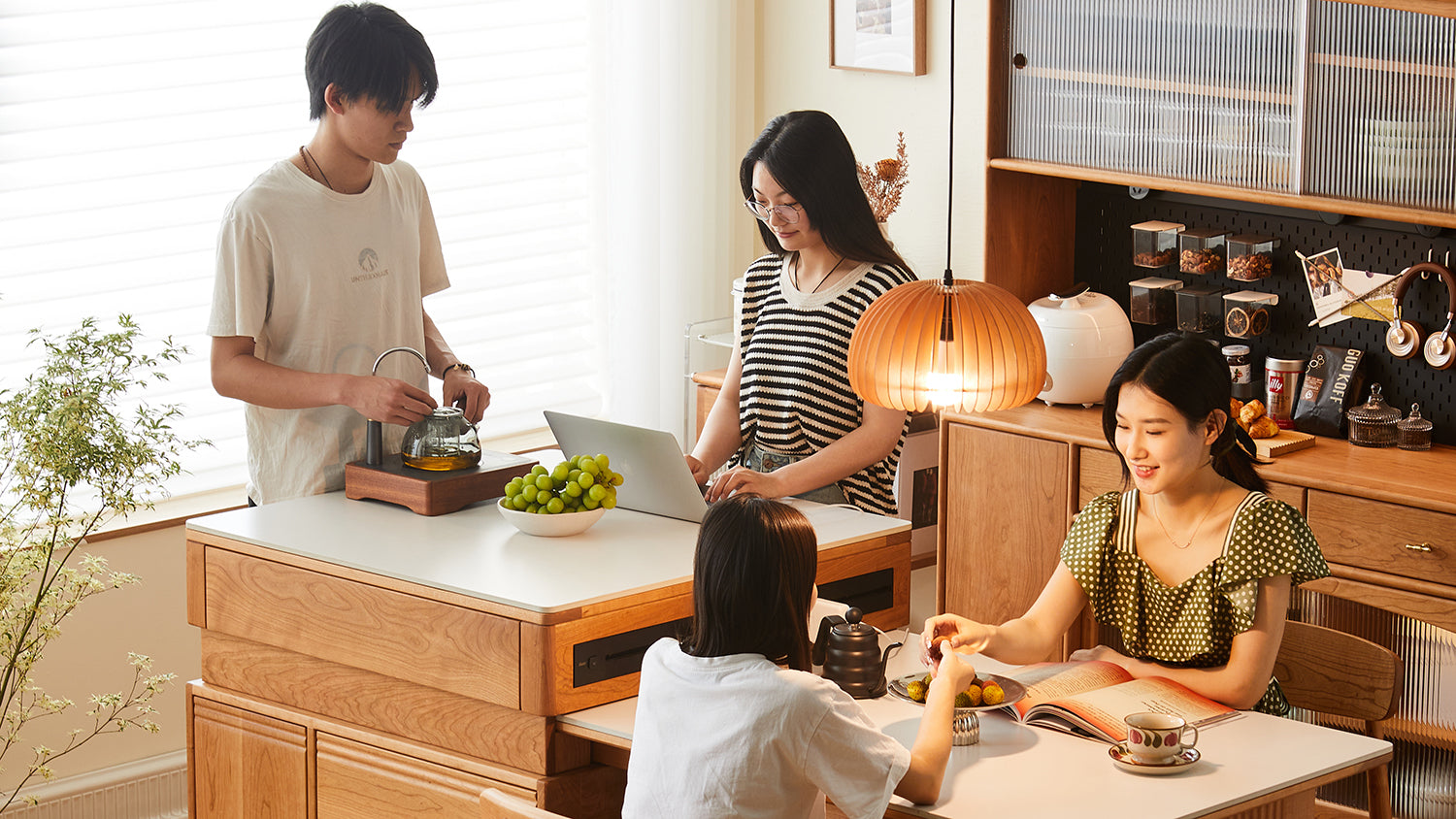

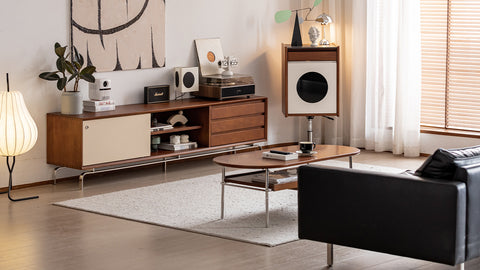
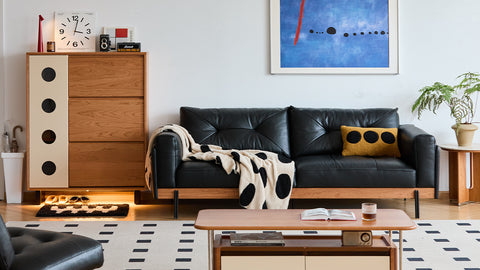
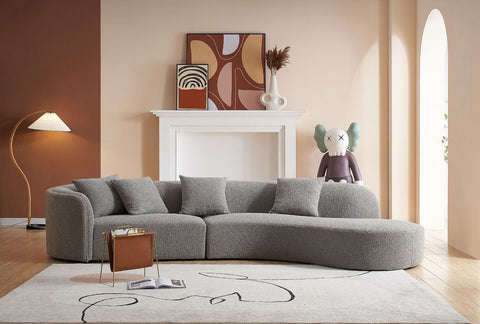
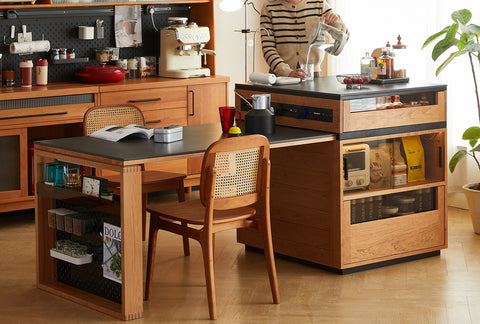
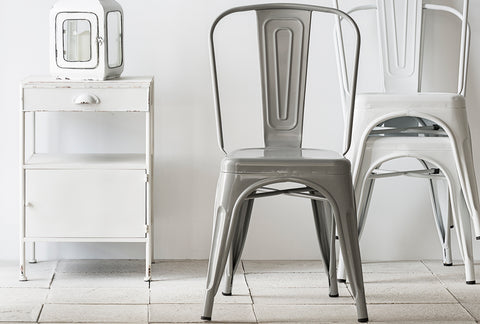
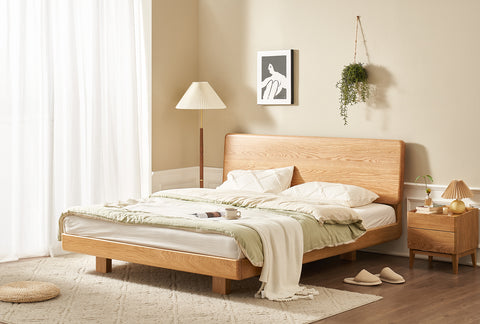
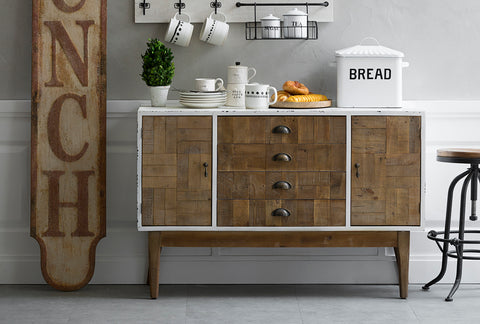




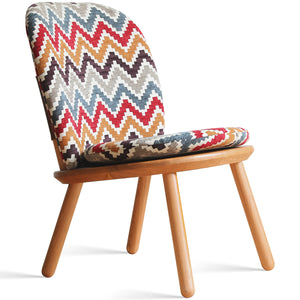
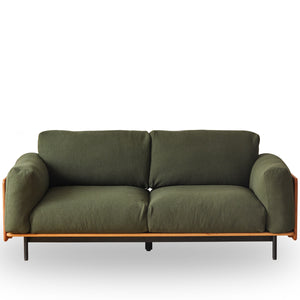

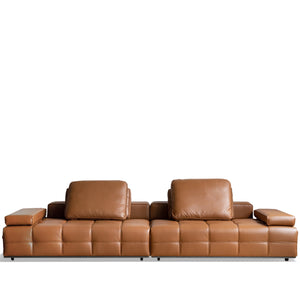
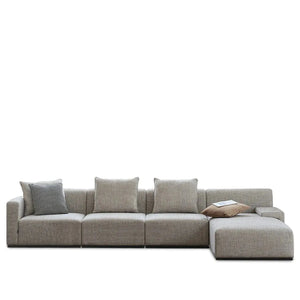
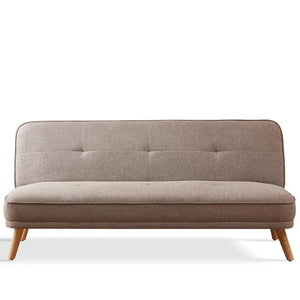
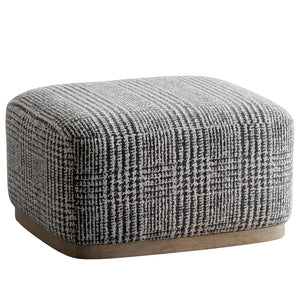

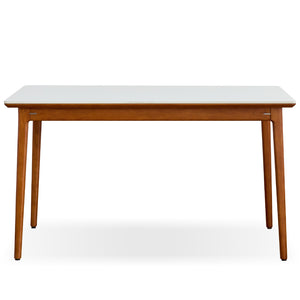

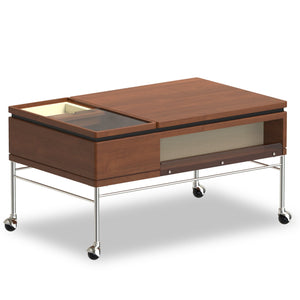
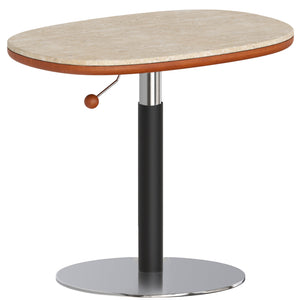
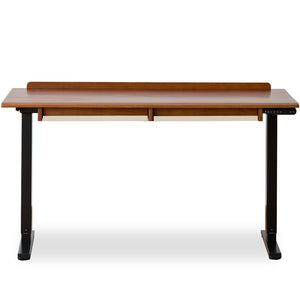


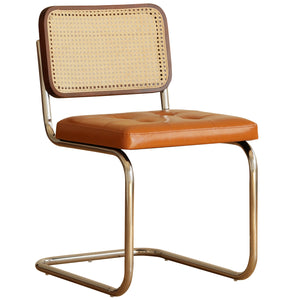
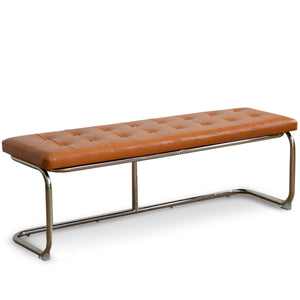
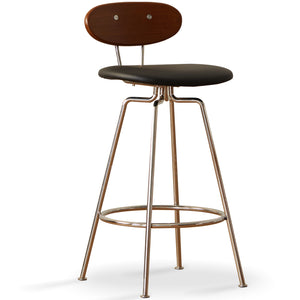
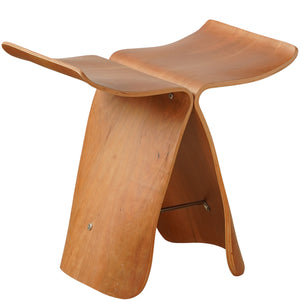
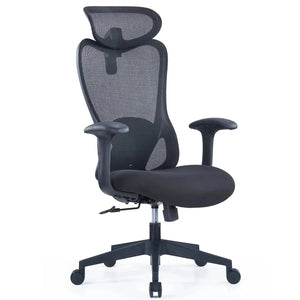

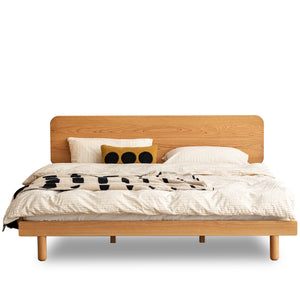
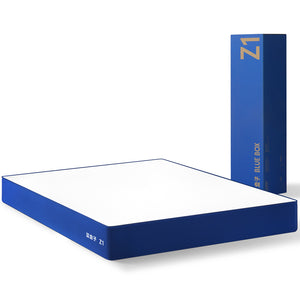

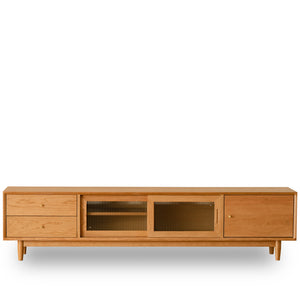
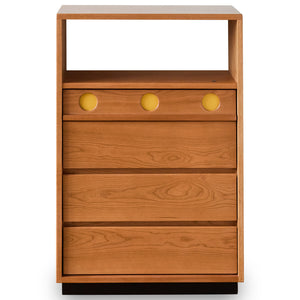
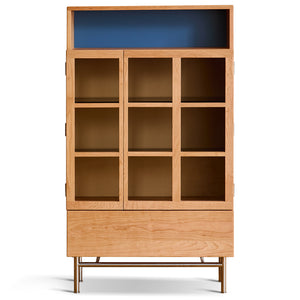

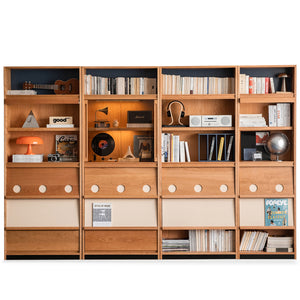


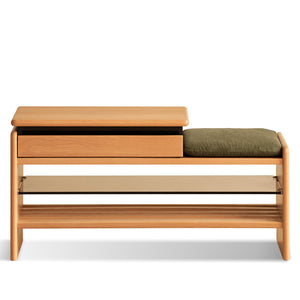
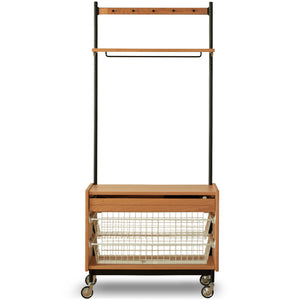






















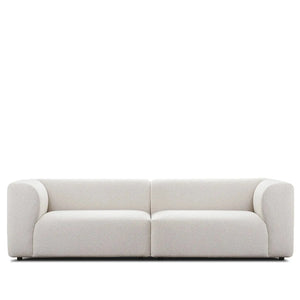





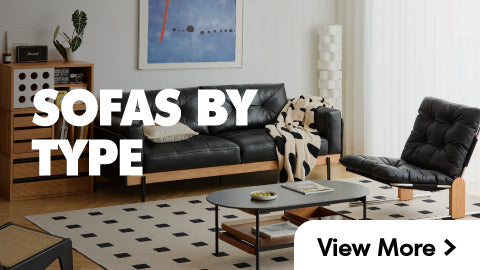
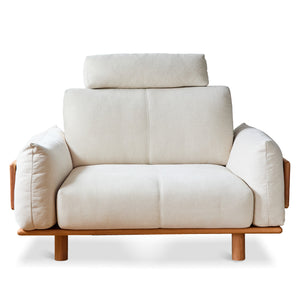
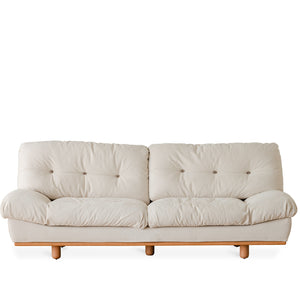
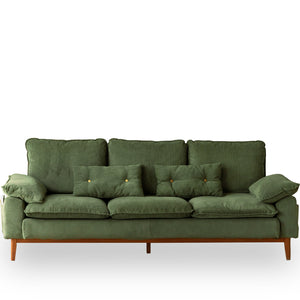
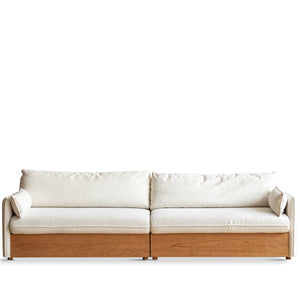
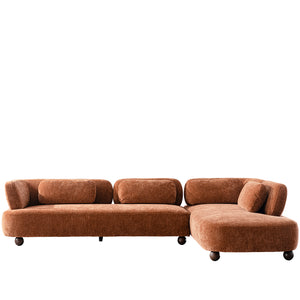
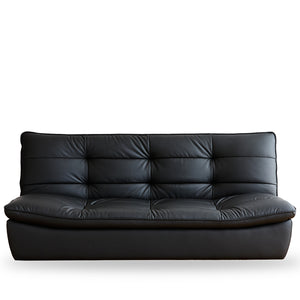


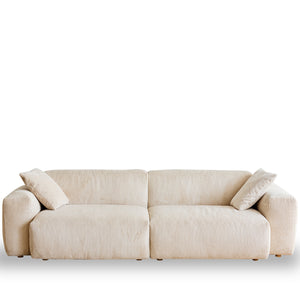

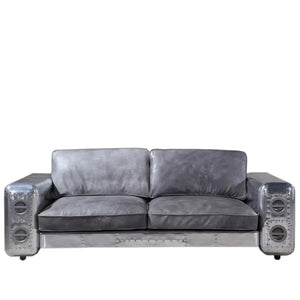
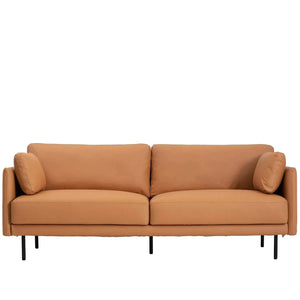
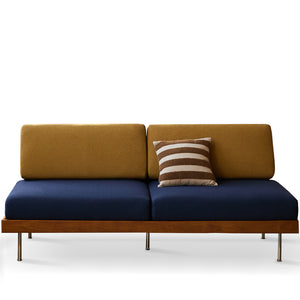



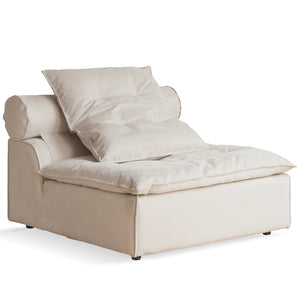
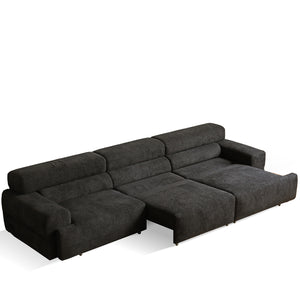
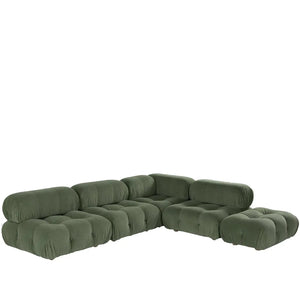
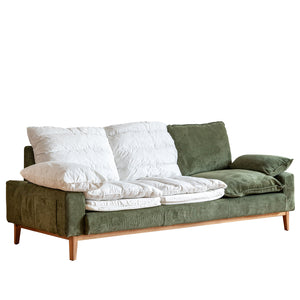
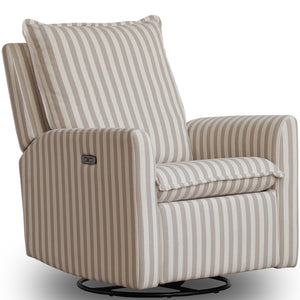

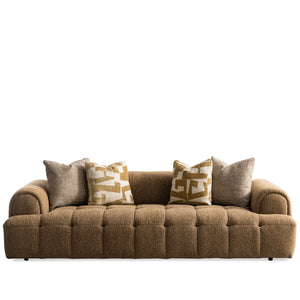
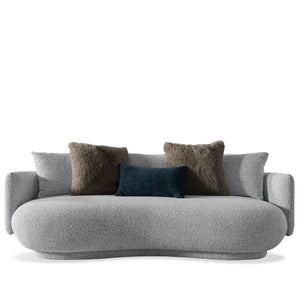

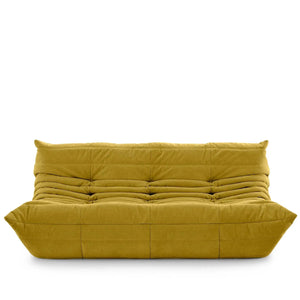
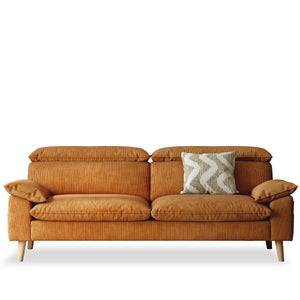
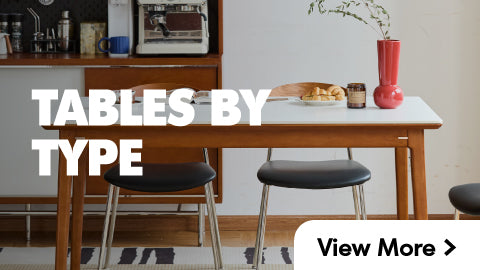

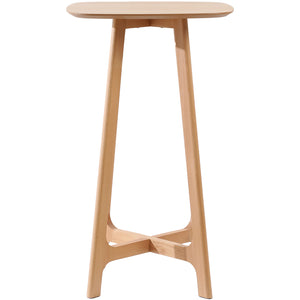
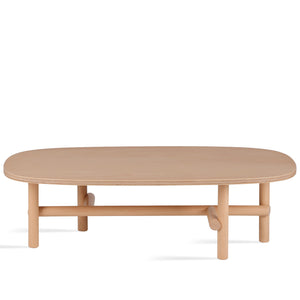
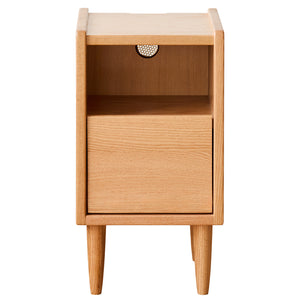
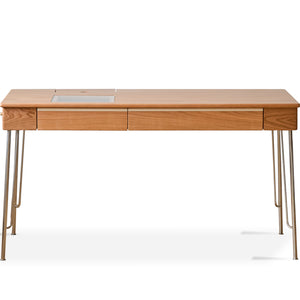
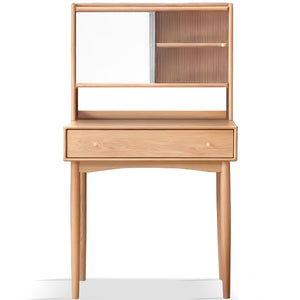


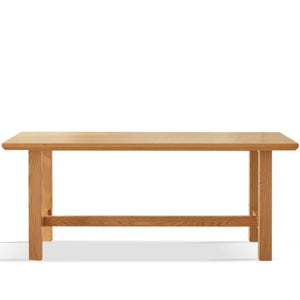
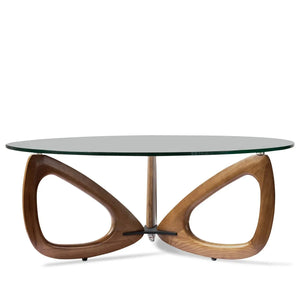

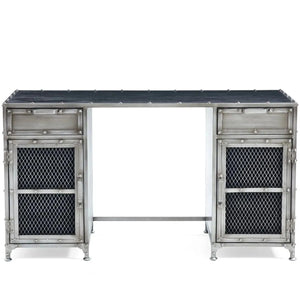
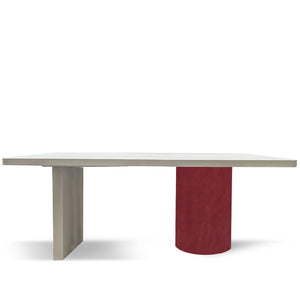

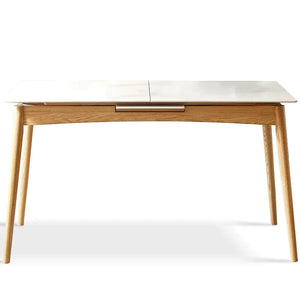
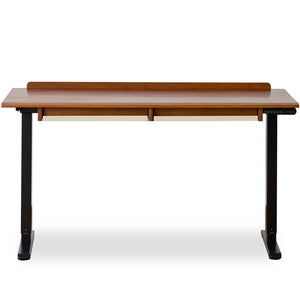
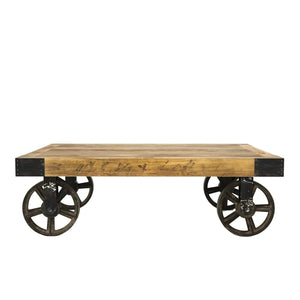
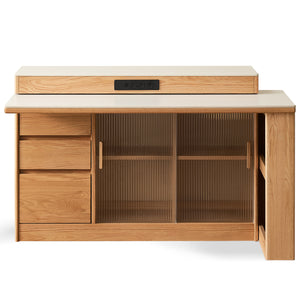
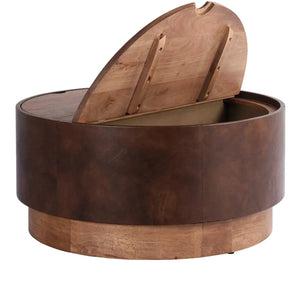

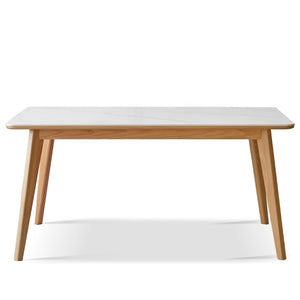
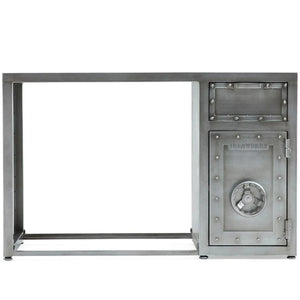
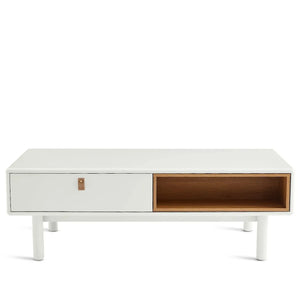
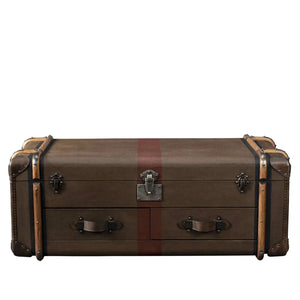
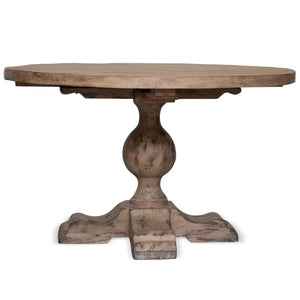


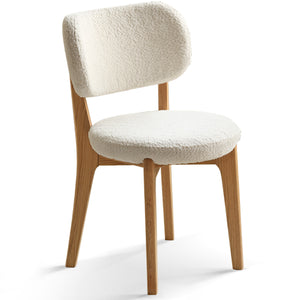
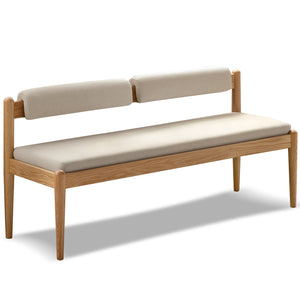
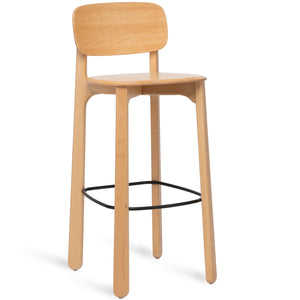
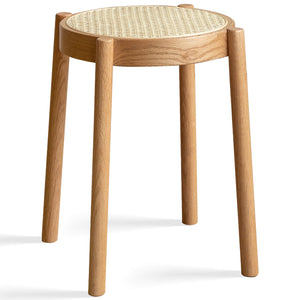
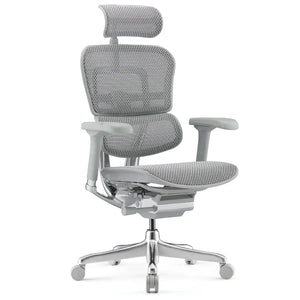

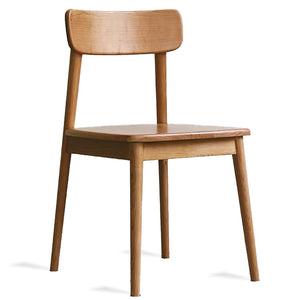
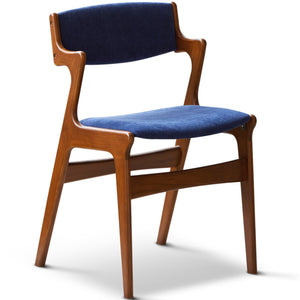

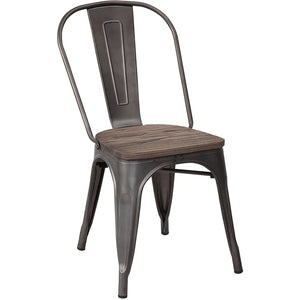
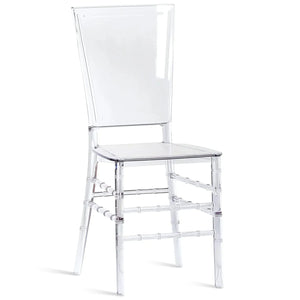
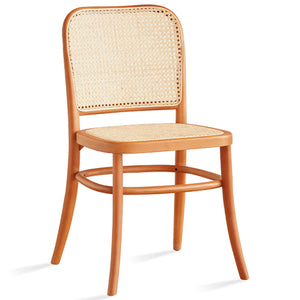
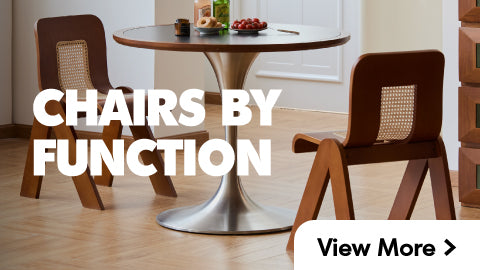


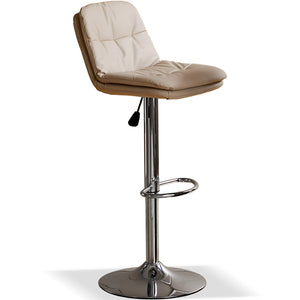

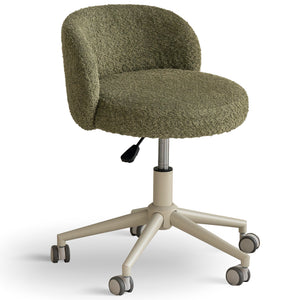
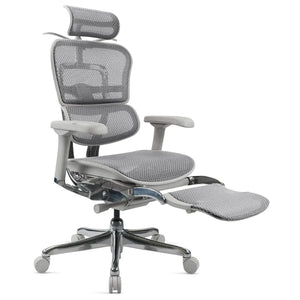

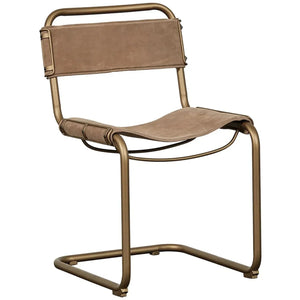
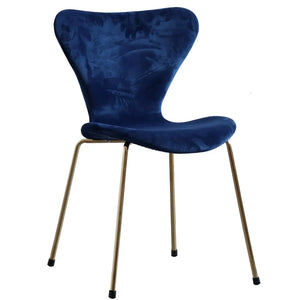
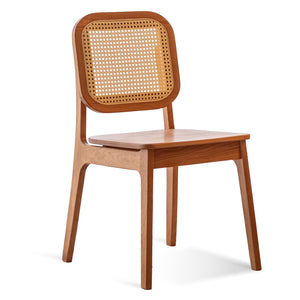
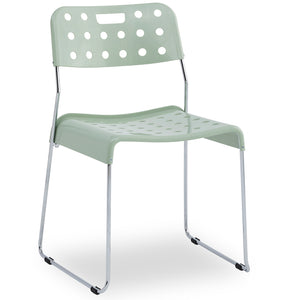
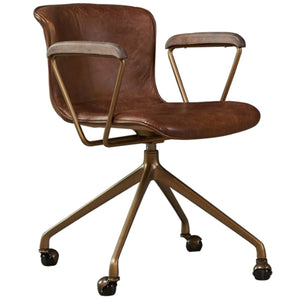


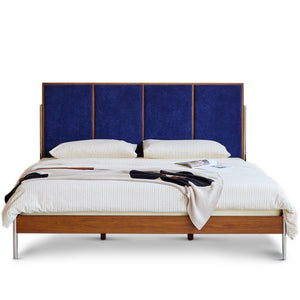

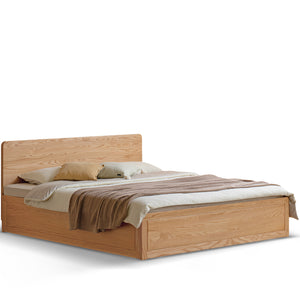
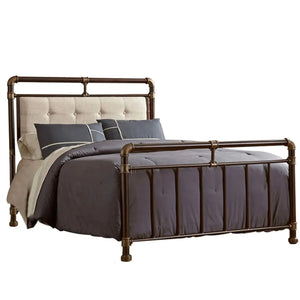
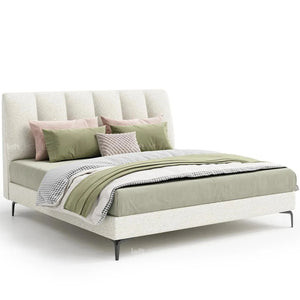
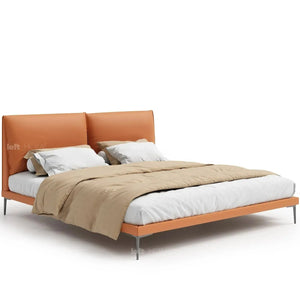
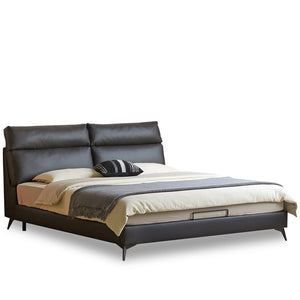
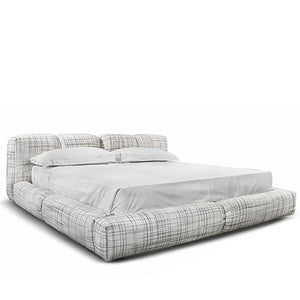

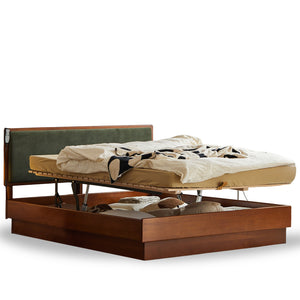
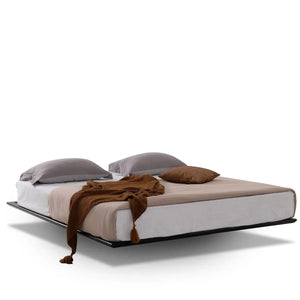
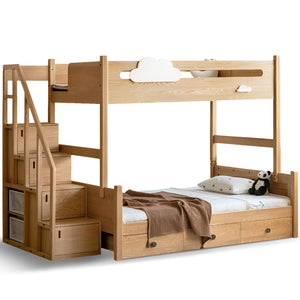
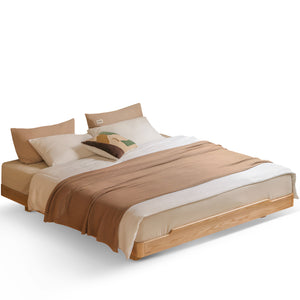

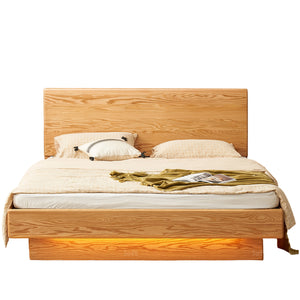

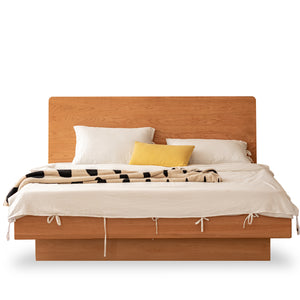
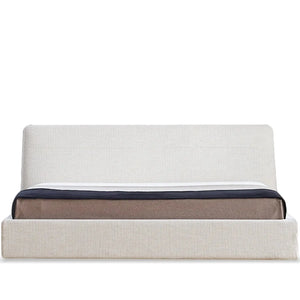


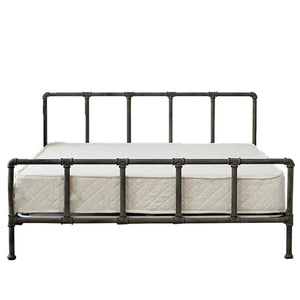
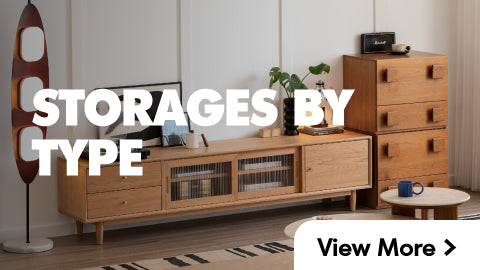
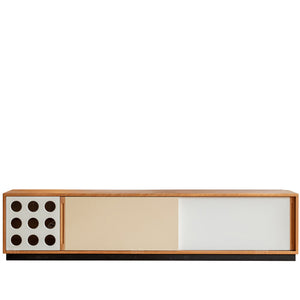

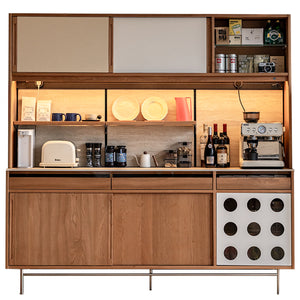
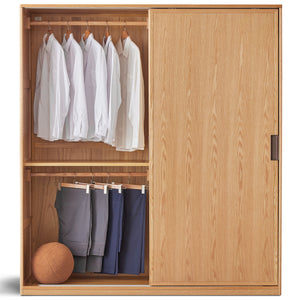
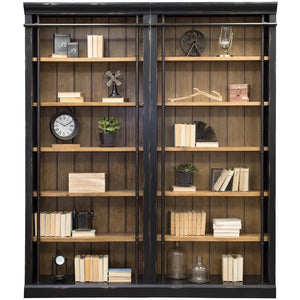
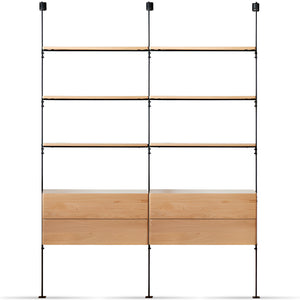
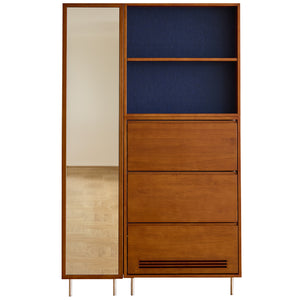
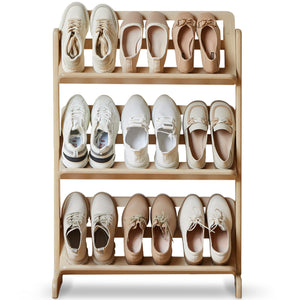
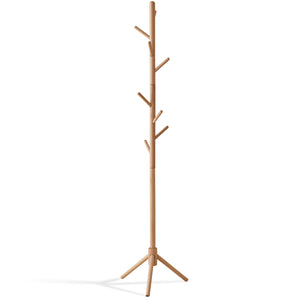

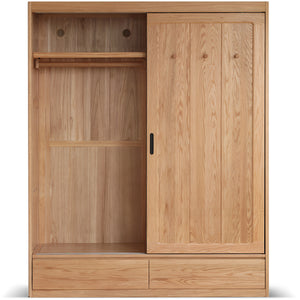
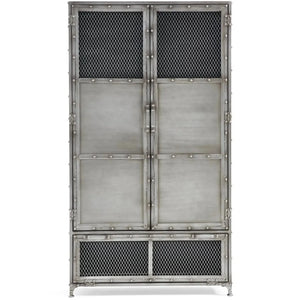
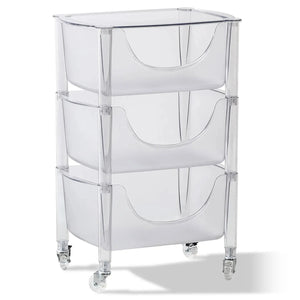

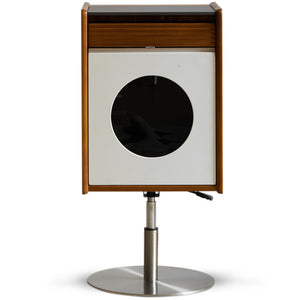
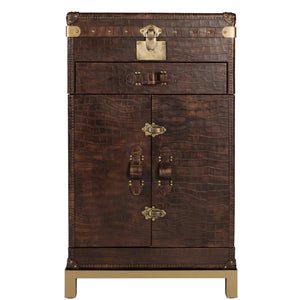


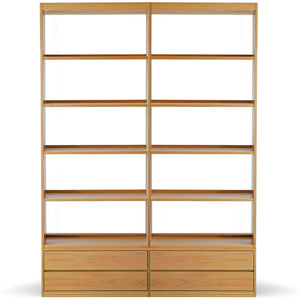
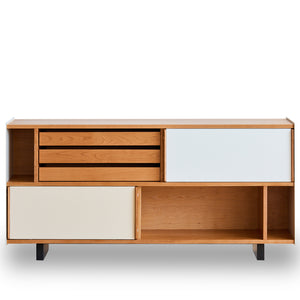
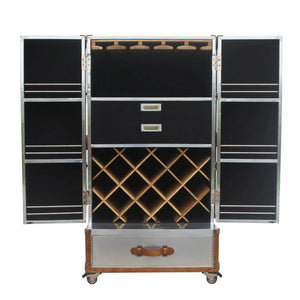
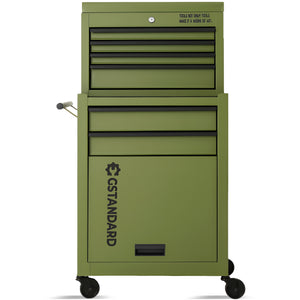
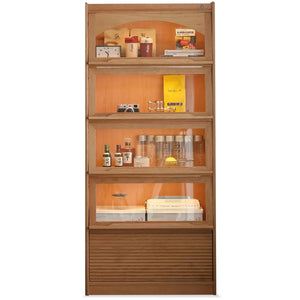
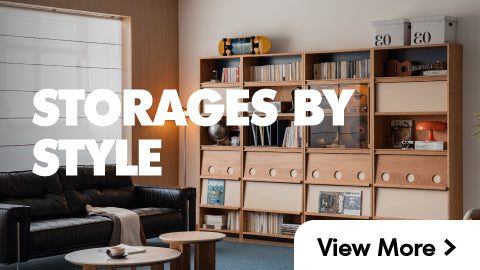
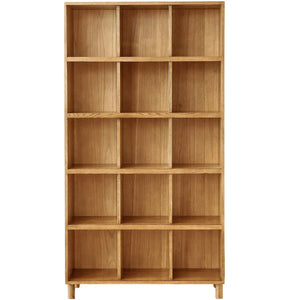
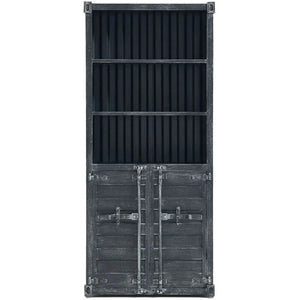
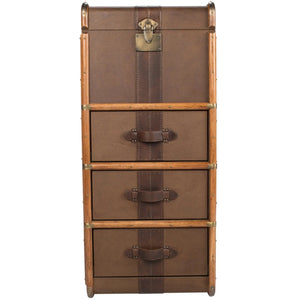
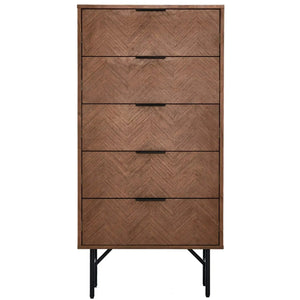
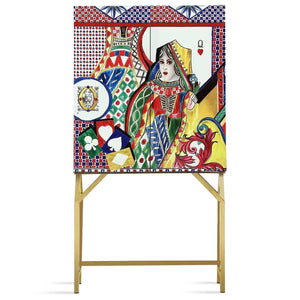
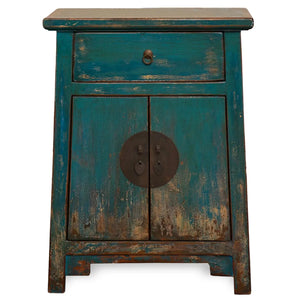


























































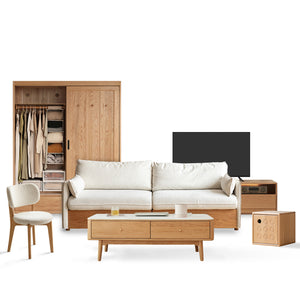
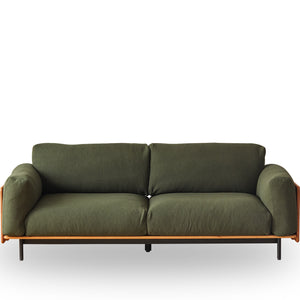
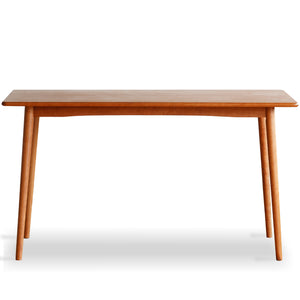
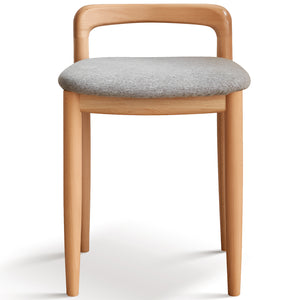
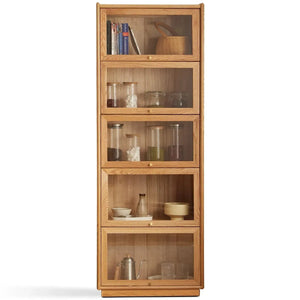



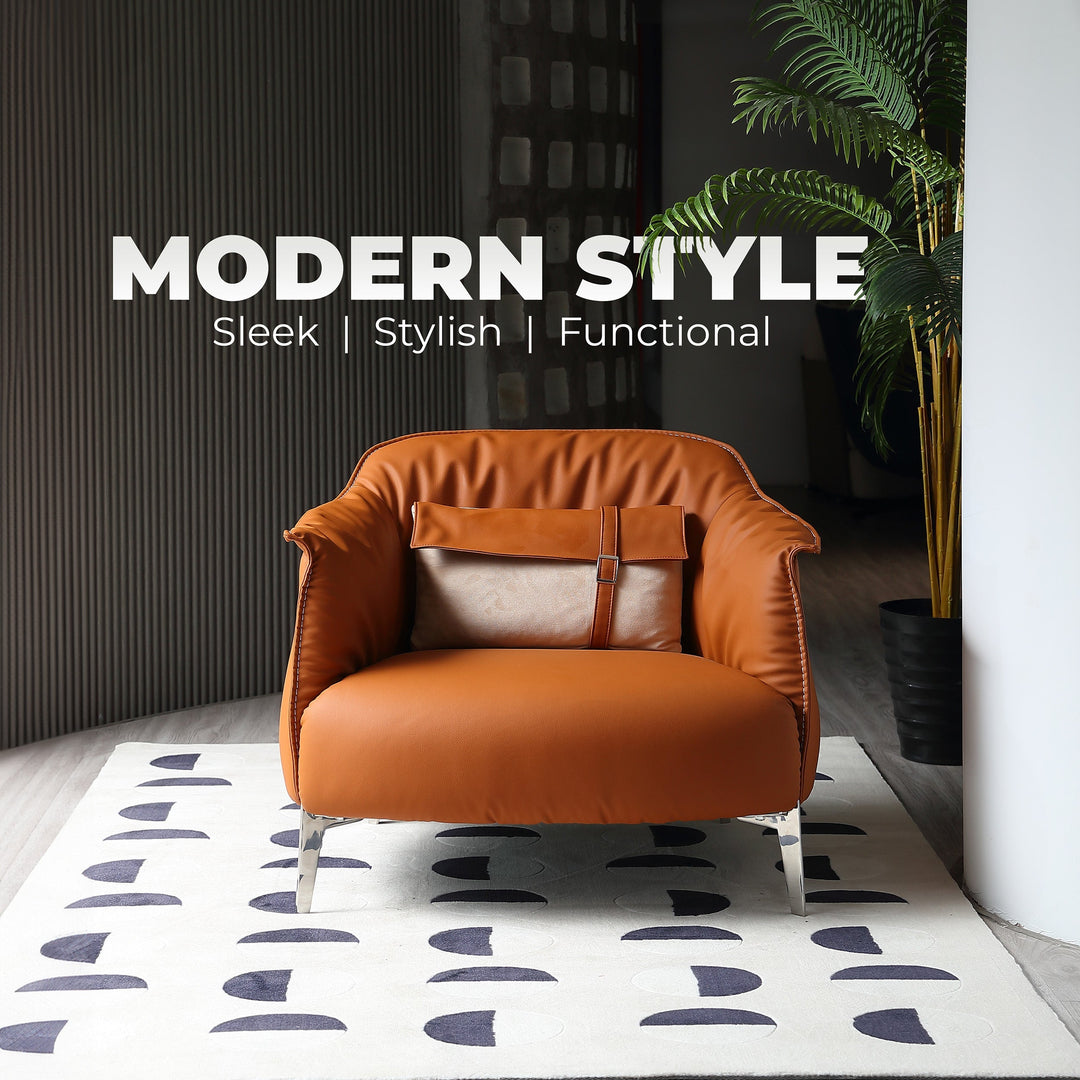
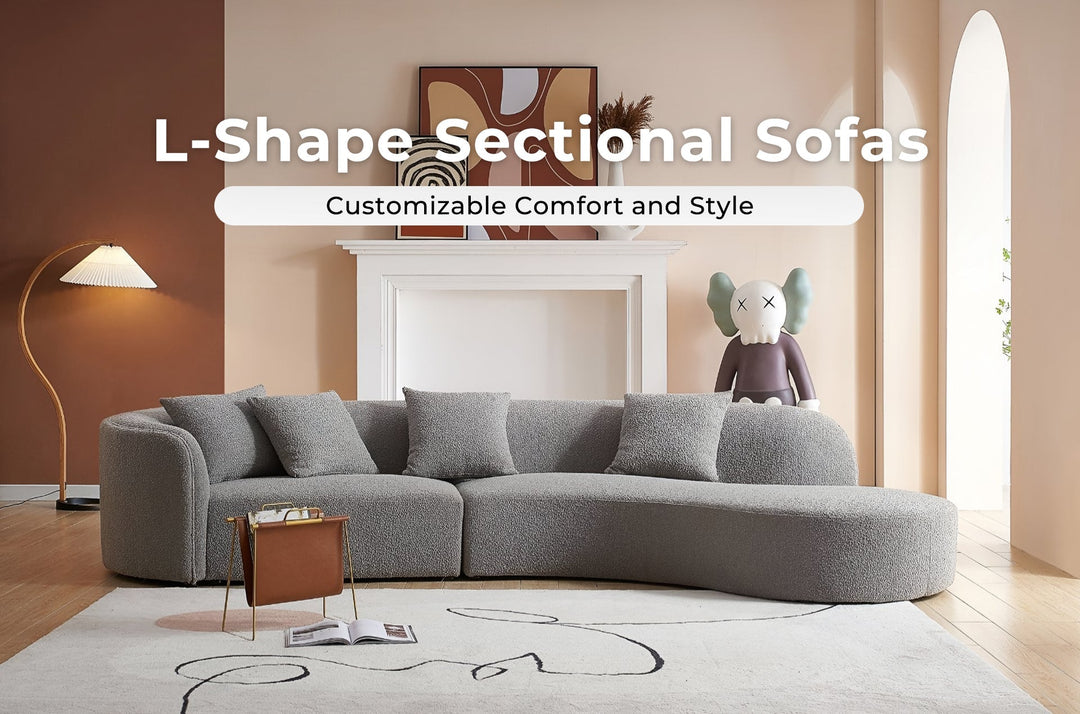

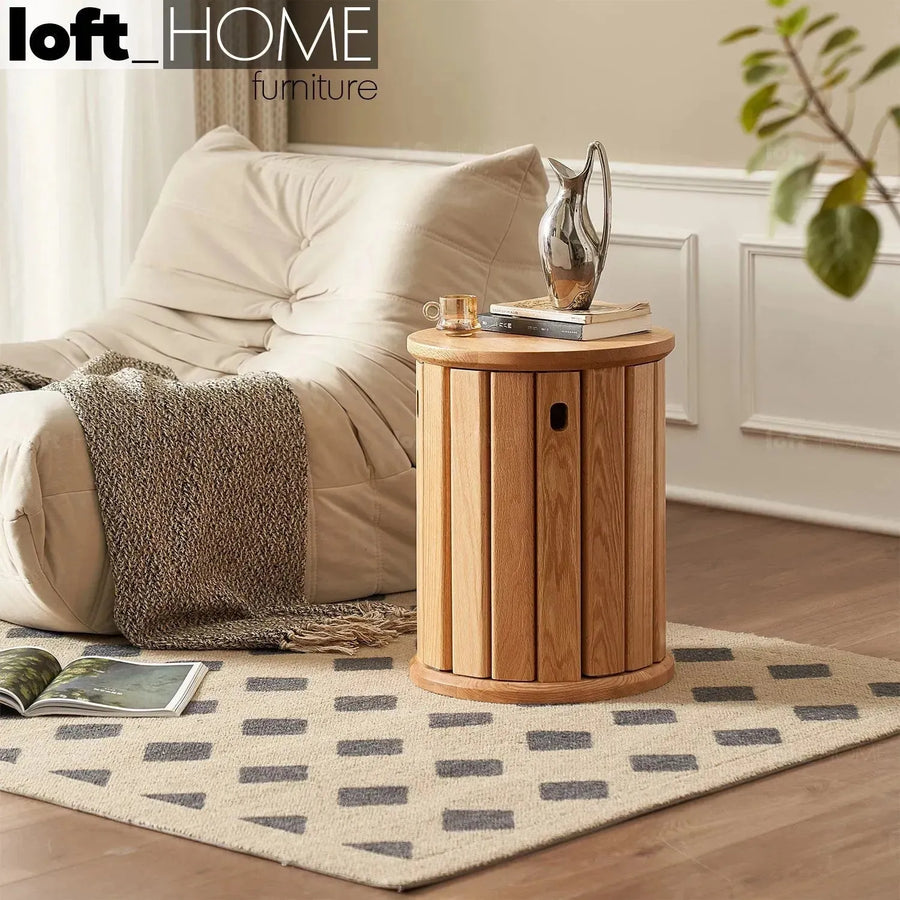
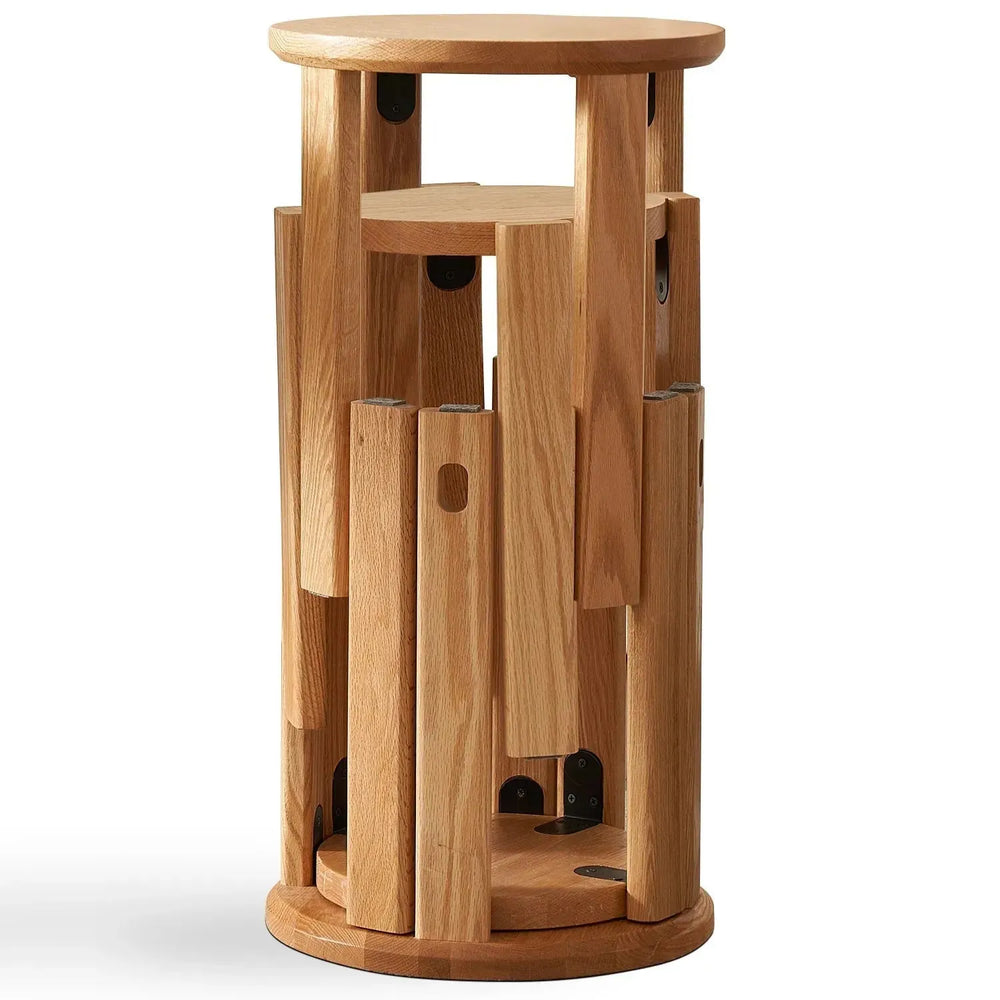



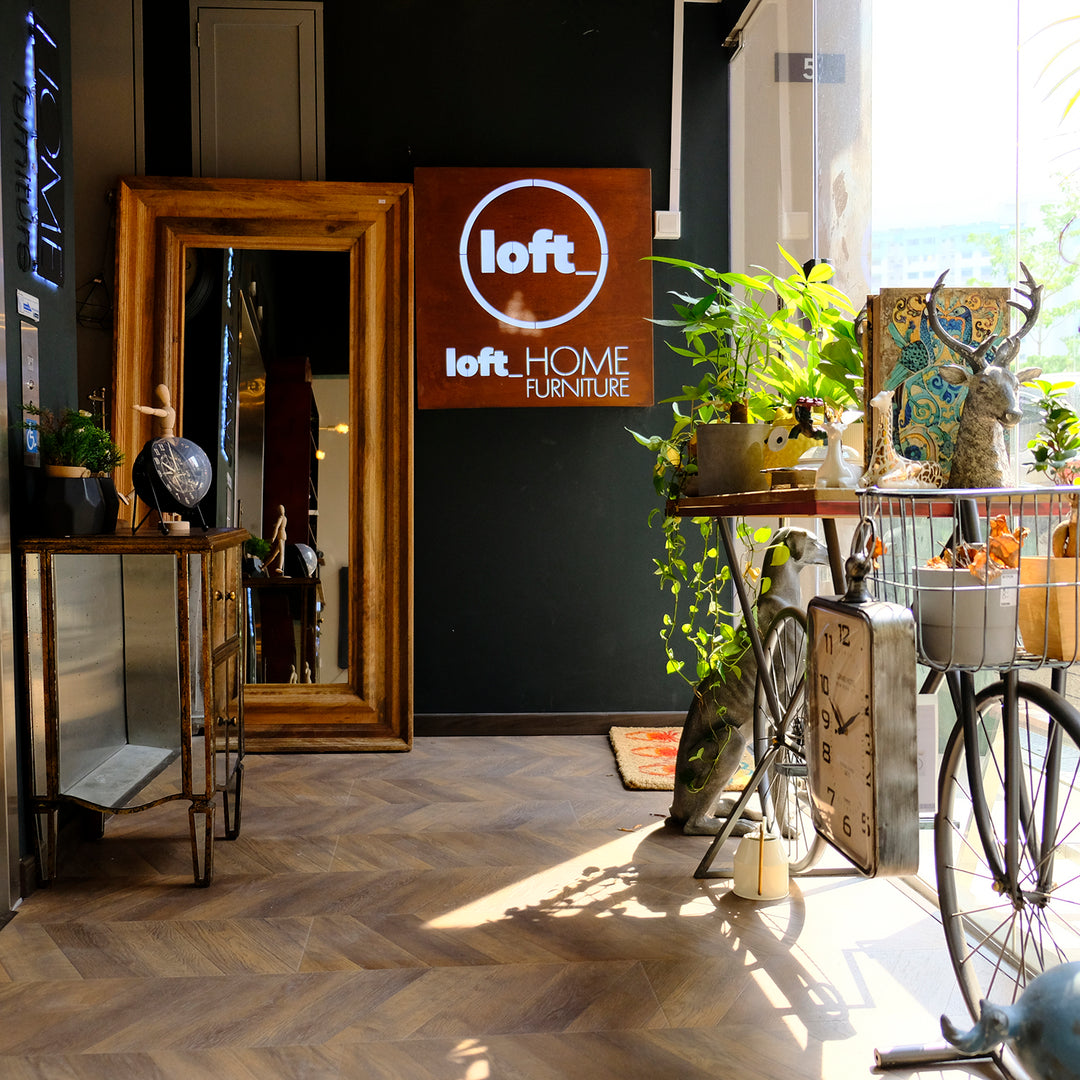
Leave a comment